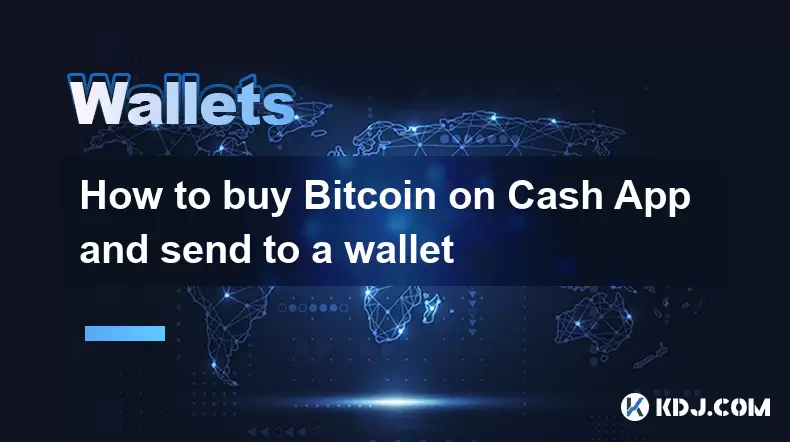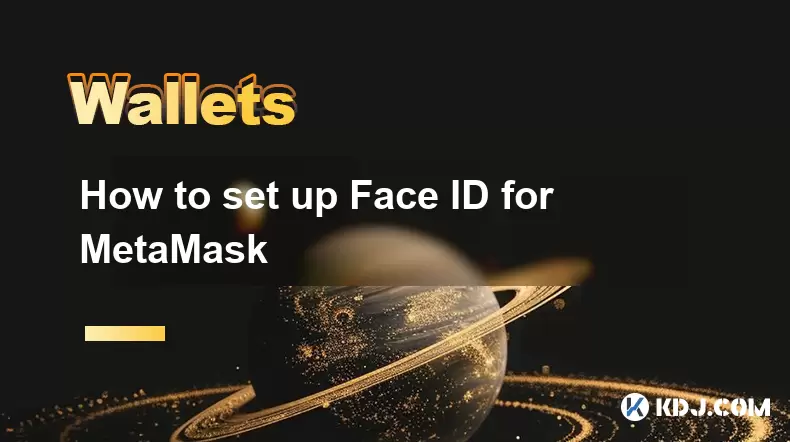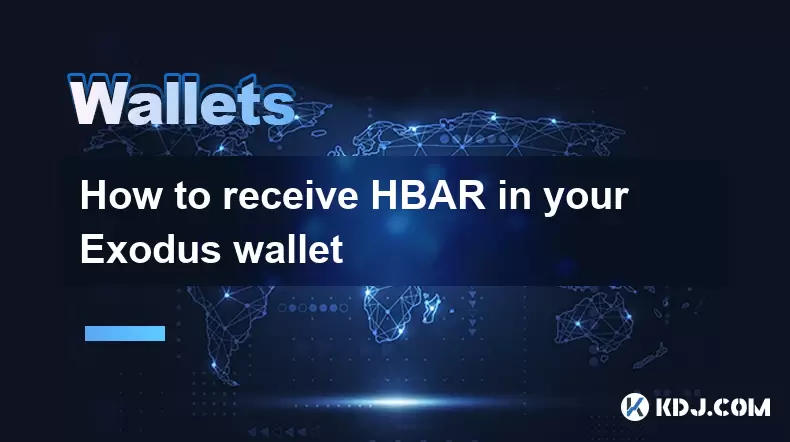-
 Bitcoin
Bitcoin $119300
2.40% -
 Ethereum
Ethereum $4254
-0.20% -
 XRP
XRP $3.184
-1.38% -
 Tether USDt
Tether USDt $1.000
0.00% -
 BNB
BNB $803.9
0.58% -
 Solana
Solana $183.1
1.50% -
 USDC
USDC $0.0000
0.01% -
 Dogecoin
Dogecoin $0.2339
-2.87% -
 TRON
TRON $0.3384
0.88% -
 Cardano
Cardano $0.8018
-0.29% -
 Hyperliquid
Hyperliquid $45.13
3.14% -
 Chainlink
Chainlink $22.10
0.96% -
 Stellar
Stellar $0.4439
-0.94% -
 Sui
Sui $3.875
-0.73% -
 Bitcoin Cash
Bitcoin Cash $570.7
0.24% -
 Hedera
Hedera $0.2589
-2.90% -
 Ethena USDe
Ethena USDe $1.001
-0.01% -
 Avalanche
Avalanche $23.83
-1.73% -
 Litecoin
Litecoin $123.8
2.61% -
 Toncoin
Toncoin $3.351
-1.13% -
 UNUS SED LEO
UNUS SED LEO $9.103
1.13% -
 Shiba Inu
Shiba Inu $0.00001356
-1.40% -
 Uniswap
Uniswap $10.93
-0.19% -
 Polkadot
Polkadot $4.057
-1.97% -
 Dai
Dai $1.000
0.01% -
 Cronos
Cronos $0.1646
4.66% -
 Ethena
Ethena $0.7974
8.11% -
 Pepe
Pepe $0.00001208
-2.89% -
 Bitget Token
Bitget Token $4.445
-1.70% -
 Monero
Monero $268.8
-2.00%
How to buy Bitcoin on Cash App and send to a wallet
Cash App lets users buy, sell, and store Bitcoin easily, but for full control, transfer to a non-custodial wallet where you hold the private keys.
Aug 11, 2025 at 12:56 am

Understanding Cash App’s Bitcoin Features
Cash App, developed by Block (formerly Square), allows users to buy, sell, and store Bitcoin directly within the mobile application. The integration of Bitcoin into Cash App has made it one of the most accessible platforms for beginners to enter the cryptocurrency space. When you buy Bitcoin on Cash App, the asset is held in a custodial wallet managed by the company, meaning you do not control the private keys. This is a critical distinction for users who prioritize full ownership of their digital assets. To gain full control, you must transfer the Bitcoin to a non-custodial wallet where you manage the private keys.
The app supports direct purchases using a linked bank account, debit card, or balance within the app. Transactions are typically processed instantly, and the Bitcoin amount is reflected in your Cash App balance immediately. However, withdrawals to external wallets are only available in the form of Bitcoin transfers, not fiat currency. This functionality enables users to move their Bitcoin holdings to personal wallets for enhanced security and broader usage across decentralized platforms.
Setting Up and Verifying Your Cash App Account
Before purchasing Bitcoin, ensure your Cash App account is fully set up and verified. Download the app from the App Store (iOS) or Google Play Store (Android) and complete the registration using your mobile number and email address. You will be prompted to enter your full name, date of birth, and the last four digits of your Social Security Number (SSN) for identity verification.
To unlock Bitcoin features, you must complete the Know Your Customer (KYC) process:
- Navigate to the Profile icon in the top-left corner.
- Select "Personal" and confirm your identity details.
- Provide additional documentation if requested, such as a government-issued ID.
- Verify your phone number and email.
Once verified, the Bitcoin tab will appear on your home screen. Without full verification, your ability to buy Bitcoin may be limited or disabled entirely. This step is essential for compliance with financial regulations and ensures the security of your transactions.
How to Buy Bitcoin on Cash App
After your account is verified, purchasing Bitcoin is a straightforward process:
- Tap the Bitcoin icon on your Cash App dashboard.
- Select "Buy" to initiate a new purchase.
- Enter the amount of Bitcoin or USD you wish to spend.
- Choose your funding source: linked bank account, debit card, or Cash App balance.
- Review the transaction details, including fees and exchange rate.
- Confirm the purchase by tapping "Confirm".
Cash App uses a spread-based pricing model, meaning the price you see includes a service fee. This fee varies based on market volatility and transaction size. Purchases are typically executed instantly, and the Bitcoin will appear in your Cash App wallet shortly after. Note that Cash App does not allow fractional Bitcoin withdrawals below 1,000 satoshis (0.00001 BTC), so ensure your balance meets this threshold before attempting to transfer.
Preparing an External Bitcoin Wallet
To send Bitcoin from Cash App to a personal wallet, you must first have a compatible non-custodial wallet. Popular options include Ledger Nano X, Trezor Model T, Electrum, and Trust Wallet. These wallets provide you with full control over your private keys and enable interaction with decentralized applications (dApps).
When setting up your wallet:
- Download the official app or connect your hardware device.
- Create a new Bitcoin wallet within the application.
- Securely back up your recovery phrase (seed phrase) using pen and paper—never store it digitally.
- Verify the backup by restoring the wallet on a separate device.
- Obtain your Bitcoin receiving address, which is a long string of letters and numbers starting with "1", "3", or "bc1".
Ensure the wallet supports on-chain Bitcoin transfers. Some wallets only support internal transfers or specific networks, which may lead to loss of funds if used incorrectly. Always double-check the address format and network compatibility before initiating a transfer.
Transferring Bitcoin from Cash App to Your Wallet
Once you have Bitcoin in your Cash App balance and a prepared external wallet, you can initiate the transfer:
- Open Cash App and go to the Bitcoin tab.
- Tap "Withdraw Bitcoin" at the bottom of the screen.
- Select "Scan QR Code" or choose "Enter Address Manually".
- Use your external wallet’s QR scanner to scan the receiving address, or paste the address carefully.
- Enter the amount of Bitcoin you want to send.
- Adjust the network fee (miner fee) if the option is available—higher fees result in faster confirmation.
- Review the transaction summary, including the destination address and fees.
- Confirm the transfer using your PIN or Touch ID.
The transaction will be broadcast to the Bitcoin network and require several block confirmations. You can track its progress using a blockchain explorer like Blockstream.info or mempool.space by entering the transaction ID (TXID). Transfers typically take between 10 minutes and one hour, depending on network congestion and the fee paid.
Security Best Practices and Common Pitfalls
When transferring Bitcoin, accuracy is paramount. Sending funds to an incorrect address results in permanent loss, as Bitcoin transactions are irreversible. Always verify the first and last few characters of the recipient address, even when scanning QR codes. Avoid copying addresses from untrusted sources or screenshots that could be tampered with.
Enable two-factor authentication (2FA) on both Cash App and your external wallet. Use an authenticator app like Google Authenticator or Authy instead of SMS-based 2FA, which is vulnerable to SIM-swapping attacks. Regularly update your software to protect against known vulnerabilities.
Never share your recovery phrase with anyone. Scammers may pose as support agents and request this information to steal your funds. Legitimate companies will never ask for your seed phrase.
Frequently Asked Questions
Can I send Bitcoin from Cash App to any wallet?
Yes, you can send Bitcoin to any wallet that supports on-chain Bitcoin (BTC) transactions. Ensure the wallet accepts deposits to a standard Bitcoin address (beginning with 1, 3, or bc1). Avoid sending to wallets designed for other cryptocurrencies like Ethereum or Litecoin, as this will result in permanent loss.
Why does my withdrawal take so long to confirm?
Bitcoin transaction speed depends on the miner fee attached to your transfer. If the fee is too low, miners may prioritize other transactions. You can check the current network congestion on sites like mempool.space and estimate confirmation time based on fee rate (measured in satoshis per byte).
Does Cash App charge a fee to send Bitcoin?
Yes, Cash App charges a network fee based on current Bitcoin blockchain congestion. This fee goes to miners and is separate from any spread included in the purchase price. The app displays the fee before you confirm the transfer, allowing you to adjust it if needed.
What happens if I lose my external wallet’s recovery phrase?
If you lose your recovery phrase and do not have a backup, you will permanently lose access to your Bitcoin. There is no way to recover funds without the seed phrase. Always store it securely in multiple offline locations and never share it digitally.
Disclaimer:info@kdj.com
The information provided is not trading advice. kdj.com does not assume any responsibility for any investments made based on the information provided in this article. Cryptocurrencies are highly volatile and it is highly recommended that you invest with caution after thorough research!
If you believe that the content used on this website infringes your copyright, please contact us immediately (info@kdj.com) and we will delete it promptly.
- MultiBank Group, Record Results, and the $MBG Token: A New Era?
- 2025-08-11 14:50:12
- Bitcoin FilmFest 2026: Warsaw's Unexpected Crypto-Cinema Blockbuster
- 2025-08-11 14:30:12
- MultiBank Group's Record Results and the Rise of the MBG Token: A New Era in Finance?
- 2025-08-11 14:30:12
- Solana Price, Altcoin Throne, and Layer Brett: Who Will Reign Supreme?
- 2025-08-11 14:55:17
- Cryptos to Watch in 2025: Analyst Picks & Meme Coin Mania
- 2025-08-11 15:00:13
- Dogecoin, Toncoin, and Cold Wallet: Navigating Crypto's Latest Waves
- 2025-08-11 12:30:11
Related knowledge

How to manage your portfolio in Exodus wallet
Aug 08,2025 at 10:07pm
Understanding the Exodus Wallet InterfaceThe Exodus wallet is a non-custodial cryptocurrency wallet that supports a wide range of digital assets. When...

How to reset your MetaMask password
Aug 08,2025 at 01:28pm
Understanding the MetaMask Password Reset ProcessMany users confuse the MetaMask password with the seed phrase or private key, but they serve differen...

How to buy Dogecoin on MetaMask
Aug 08,2025 at 03:42am
Understanding Dogecoin and MetaMask CompatibilityDogecoin (DOGE) is a popular meme-based cryptocurrency that operates on its own blockchain, originall...

How to switch between networks in Trust Wallet
Aug 09,2025 at 11:07am
Understanding Network Switching in Trust WalletSwitching between networks in Trust Wallet allows users to manage assets across different blockchains, ...

How to set up Face ID for MetaMask
Aug 11,2025 at 09:28am
Understanding Face ID and Its Role in MetaMask SecurityFace ID is a biometric authentication system developed by Apple that uses facial recognition to...

How to receive HBAR in your Exodus wallet
Aug 08,2025 at 11:28pm
Understanding HBAR and the Hedera NetworkThe HBAR cryptocurrency is the native token of the Hedera Hashgraph network, a distributed ledger technology ...

How to manage your portfolio in Exodus wallet
Aug 08,2025 at 10:07pm
Understanding the Exodus Wallet InterfaceThe Exodus wallet is a non-custodial cryptocurrency wallet that supports a wide range of digital assets. When...

How to reset your MetaMask password
Aug 08,2025 at 01:28pm
Understanding the MetaMask Password Reset ProcessMany users confuse the MetaMask password with the seed phrase or private key, but they serve differen...

How to buy Dogecoin on MetaMask
Aug 08,2025 at 03:42am
Understanding Dogecoin and MetaMask CompatibilityDogecoin (DOGE) is a popular meme-based cryptocurrency that operates on its own blockchain, originall...

How to switch between networks in Trust Wallet
Aug 09,2025 at 11:07am
Understanding Network Switching in Trust WalletSwitching between networks in Trust Wallet allows users to manage assets across different blockchains, ...

How to set up Face ID for MetaMask
Aug 11,2025 at 09:28am
Understanding Face ID and Its Role in MetaMask SecurityFace ID is a biometric authentication system developed by Apple that uses facial recognition to...

How to receive HBAR in your Exodus wallet
Aug 08,2025 at 11:28pm
Understanding HBAR and the Hedera NetworkThe HBAR cryptocurrency is the native token of the Hedera Hashgraph network, a distributed ledger technology ...
See all articles

























































































